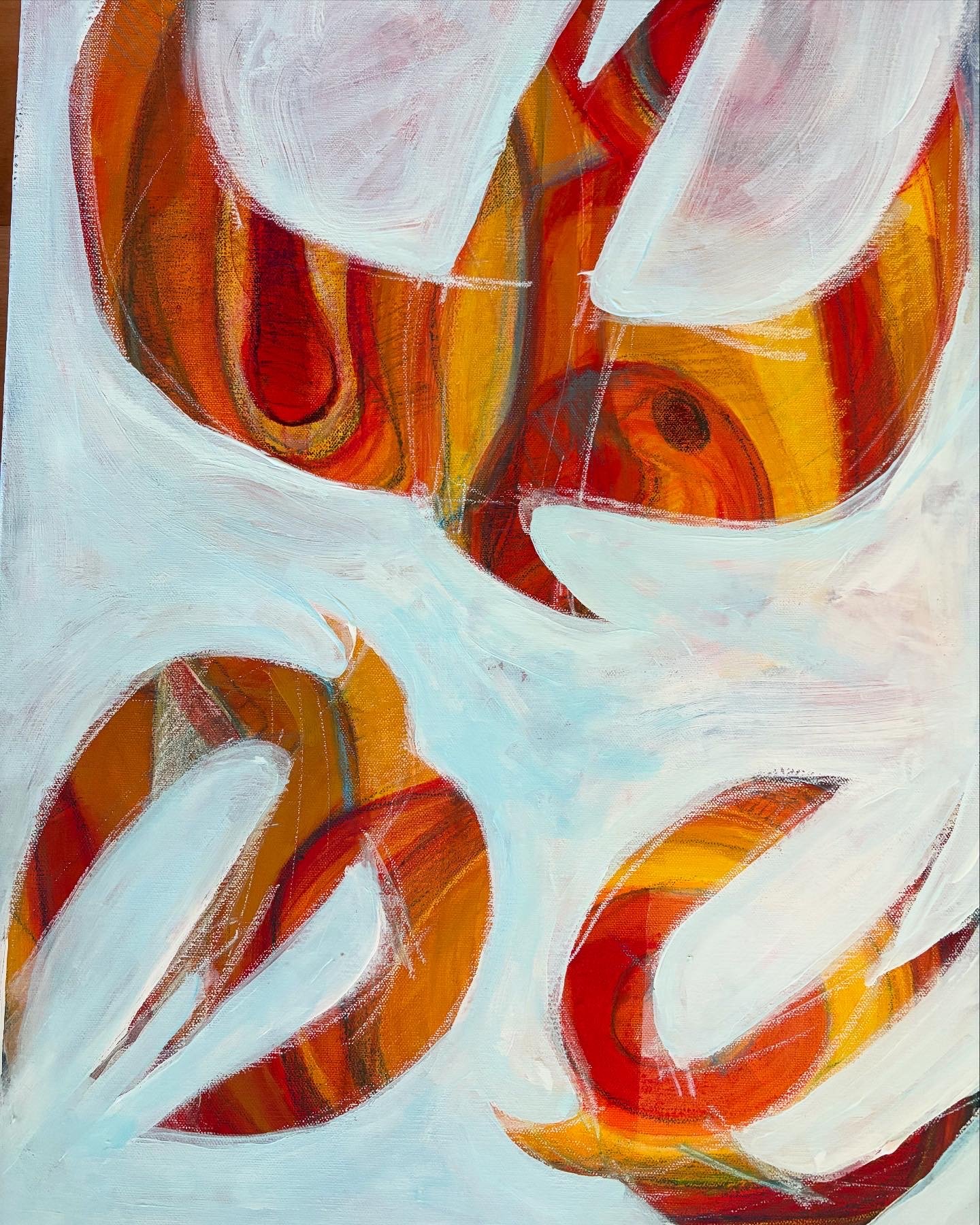NOI‘O
Private Collection
Size: 20” x 30”
Medium: Acrylic Paint on Canvas
2024
Inspired by the ʻōlelo noʻeau “He noiʻo, aʻe ale no ke kai loa” — The noiʻo, whose flight extends far beyond the distant sea — this painting reflects on the capacity of certain individuals to rise, reach, and excel beyond conventional boundaries. In Hawaiian thought, the noiʻo bird is revered for its ability to travel far from shore, a symbol of exceptional vision, independence, and distinction.
In Noiʻo, Herman Piʻikea Clark translates this metaphor into abstract visual form. Layered gestures, rhythmic lines, and shifting tonal contrasts evoke movement, ascension, and distance. The painting's composition suggests both flight and fluidity, honoring those whose excellence places them beyond easy comparison—individuals who, like the noiʻo, navigate expansive and often uncharted space.
This work continues Clark’s practice of Indigenous abstraction, where moʻolelo, proverb, and symbolism are given contemporary expression through form, gesture, and color.
THE PROCESS
Noiʻo was created through a layered process of acrylic painting on canvas, drawing from both the symbolic richness of Hawaiian proverb and the formal language of Indigenous abstraction. The work reflects Herman Piʻikea Clark’s engagement with the ʻōlelo noʻeau, “He noiʻo, aʻe ale no ke kai loa”—a reference to the sea bird known for its ability to fly far beyond the horizon, likened to those whose excellence is beyond reach.
Clark approached this painting with an emphasis on movement and distance, using fluid brushwork, tonal variation, and repeated forms to evoke the motion of flight and the idea of visionary range. The surface was built in successive layers—some gestural and expressive, others more structured—mirroring the expansive capacity of the noiʻo to traverse space with both grace and purpose.
The visual rhythm of the piece is both intuitive and intentional, reflecting Clark’s broader interest in how abstraction can carry cultural meaning. By translating the metaphor of the noiʻo into shape, space, and direction, this work becomes an expression of aspiration, perspective, and the pursuit of excellence.









